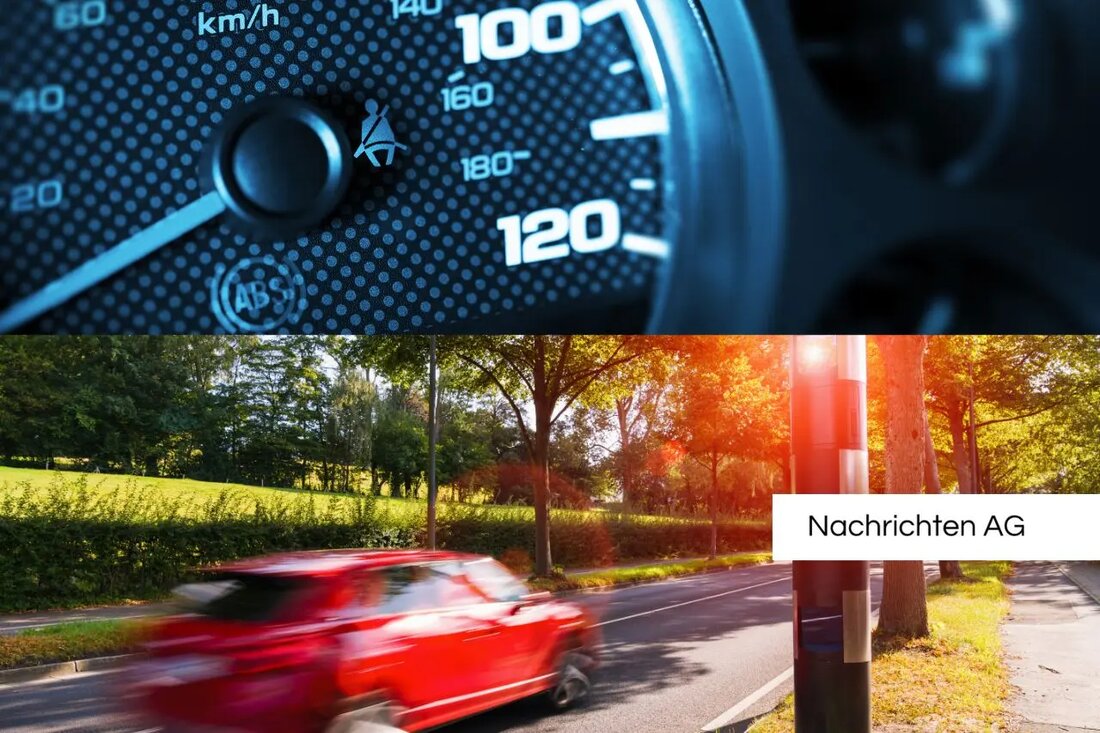Radar controls in the Coesfeld district: where they will be flashed next week!
Radar controls in the Coesfeld district: where they will be flashed next week!
The road traffic department of the Coesfeld district is planning a number of speed controls from January 06 to 11, 2025. This measure serves to increase traffic safety in the district.
The intended control locations are set for every day of the week:
- Monday (January 06, 2025): Coesfeld, Daruper Straße
- Tuesday (January 07, 2025): Ascheberg, Nordkirchener Straße
- Wednesday (January 8, 2025): Dülmen, Fröbelstraße
- Thursday (January 9, 2025): Nottuln, Niederstockumer Weg
- Friday (January 10, 2025): Nordkirchen, Lüdinghauser Straße
- Saturday (January 11, 2025): Lüdinghausen, B 474
The traffic monitoring is not just the task of the district administration; The police will also actively carry out speed measurements in the entire district. The planning of the controls can change at short notice and there is the possibility that further measurement locations will be added.
Legal basics of speed controls
The implementation of speed controls in Germany is based on a clear legal basis. According to rectangleeck.de , speed measurements are crucial for traffic safety and are based on various legal regulations, including the Road Traffic Act (StVG) and the road traffic regulations (StVO).
There are various measurement techniques that are used to control the speed, including radar, laser, light barriers and video driving systems. Radar devices use electromagnetic waves while laser devices use light waves for precise measurements. Light barriers record the time that a vehicle needs between sensors, which is particularly suitable for construction site monitoring. Video driving systems in turn document the speed by having a police vehicle driving behind the striking vehicle.
The legal validity of these measurements depends on the proper compliance with all legal requirements, including regular calibration and maintenance of the devices used. Road users have the right to view measurement protocols and have the measurements carried out.
| Details | |
|---|---|
| Quellen | |


Kommentare (0)